Framing or Focal Point?
bahia
12 years ago
Related Stories

DECORATING GUIDES6 Focal Points to Build a Beautiful Interior Around
Not sure what element to make the attention getter in your room? Find some great choices here
Full Story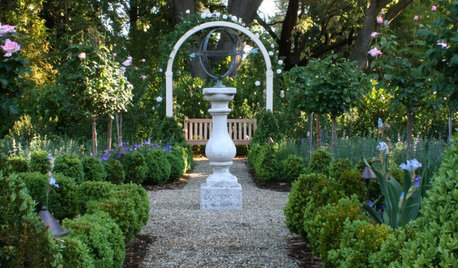
GARDENING AND LANDSCAPINGGarden Design Essentials: Emphasis and Focal Points
Draw the eye and create a lasting impression in your landscape with the design principle of emphasis, or point of view
Full Story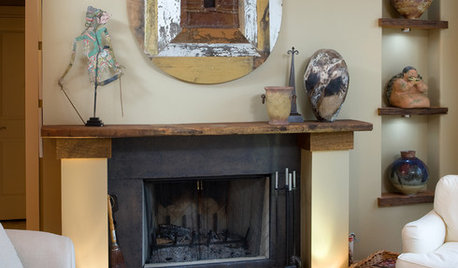
DECORATING GUIDESDecorating the Mantel: Create a Fireplace Focal Point
If the "haphazard disarray" school of style has your mantel as a student, consider these techniques for a more artfully balanced arrangement
Full Story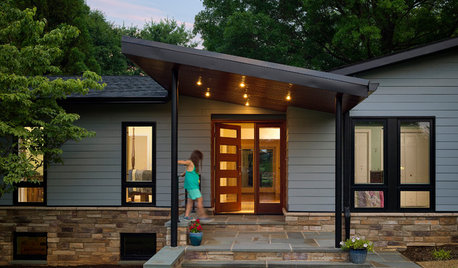
CURB APPEALEntry Recipe: New Focal Point for a 1970s Ranch House
A covered terrace draws visitors to the front door and creates a modern, interesting approach in a Baltimore-area home
Full Story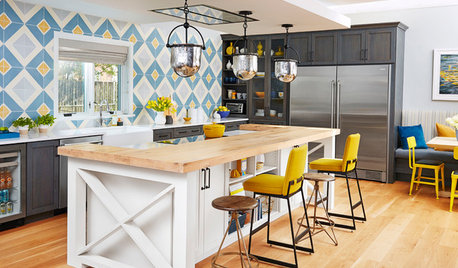
KITCHEN DESIGN10 Creative Ways to Establish a Kitchen Focal Point
Here’s how to create a statement-making cooking space with your backsplash, countertop, appliances, cabinets and more
Full Story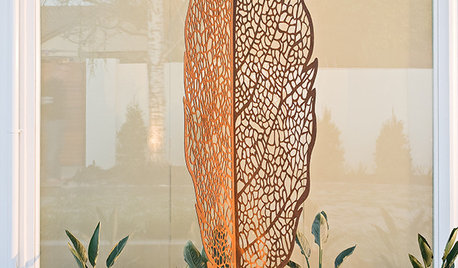
GARDENING AND LANDSCAPING4 Fabulously Low-Maintenance Garden Focal Points
Create a memorable ambience in your landscape with eye-catchers like these
Full Story
FIREPLACESMake Your Fireplace the Focal Point
17 Ways to Light Up Your Fireplace with Wall Treatments, Artwork, and More
Full Story
DECORATING GUIDESTurn Your Firewood Into a Focal Point
Clever storage nooks transform stacks of firewood Into sculpture for the hearth
Full Story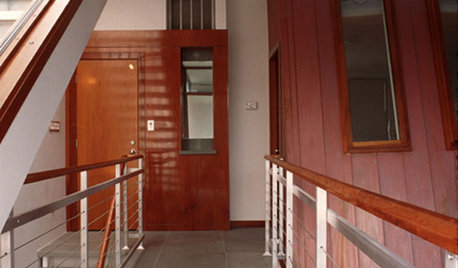
STAIRWAYSThe Up and Down of It: Staircases as a Focal Point
Dramatic, Sculptural Stairways Take Homes to a New Level
Full Story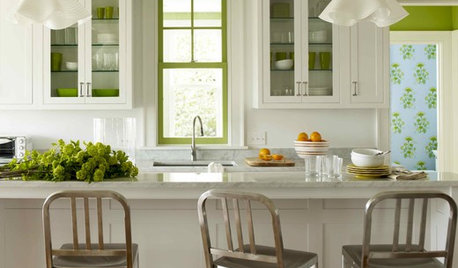
DECORATING GUIDESSecondary Colors Create a Punchy Focal Point
See how green, purple and orange bring a room to life
Full StoryMore Discussions






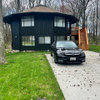


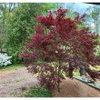
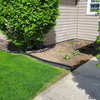
bahiaOriginal Author
Phoenix_Landscaper
Related Professionals
Garden City Landscape Architects & Landscape Designers · Manchester Landscape Contractors · Longmont Landscape Contractors · Lorain Landscape Contractors · North Highlands Landscape Contractors · Plymouth Landscape Contractors · Sugar Hill Landscape Contractors · Fort Lee Decks, Patios & Outdoor Enclosures · Fort Mill Decks, Patios & Outdoor Enclosures · Layton Decks, Patios & Outdoor Enclosures · Liberty Decks, Patios & Outdoor Enclosures · Lincolnton Decks, Patios & Outdoor Enclosures · Miami Decks, Patios & Outdoor Enclosures · Olathe Decks, Patios & Outdoor Enclosures · Placentia Swimming Pool Buildersdrtygrl
laag